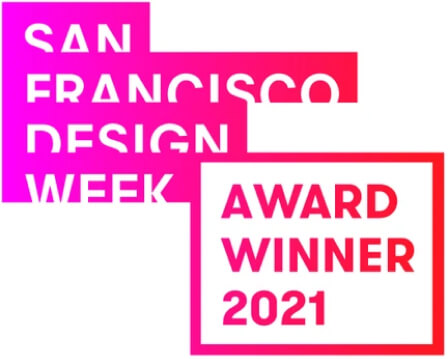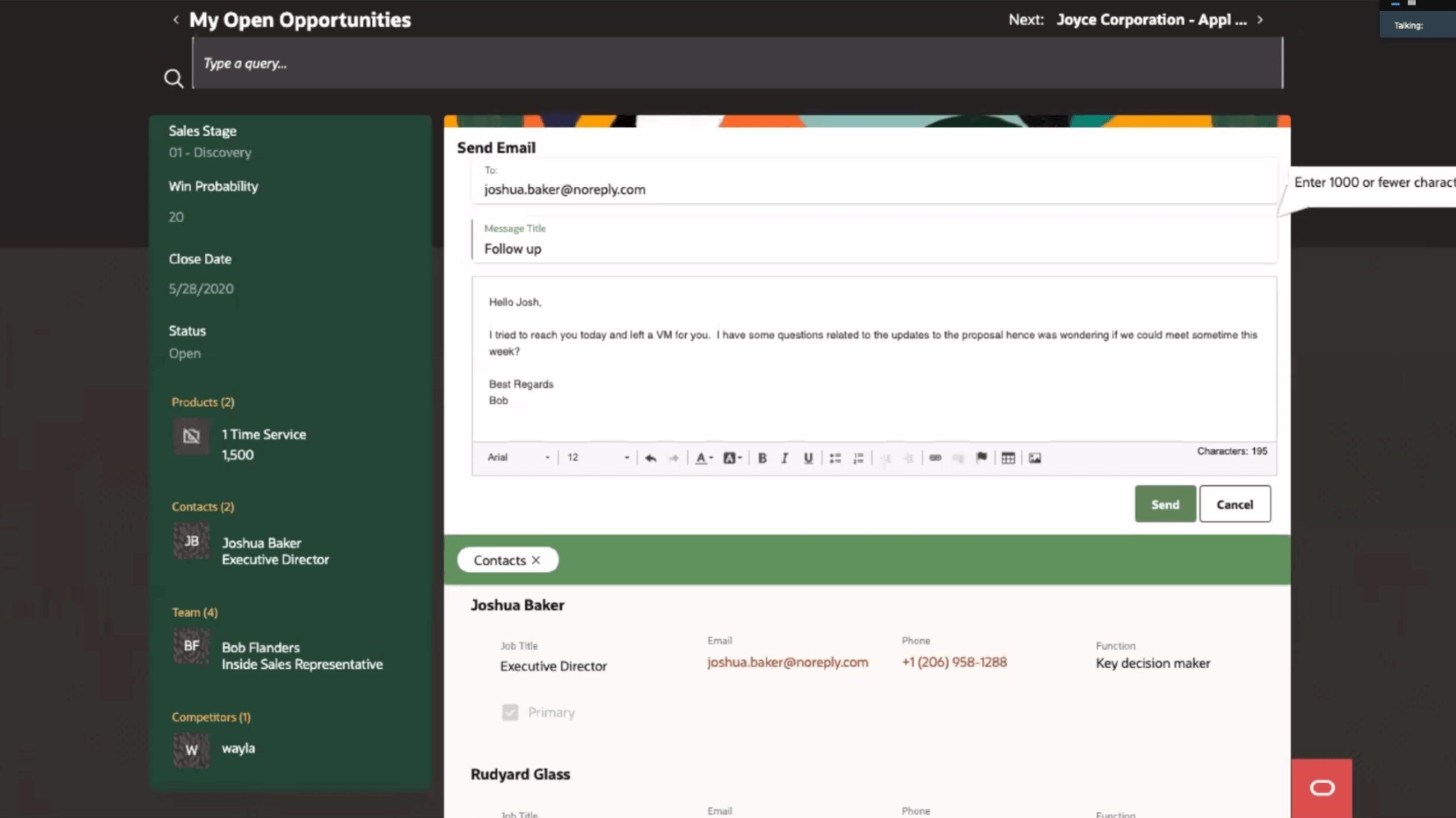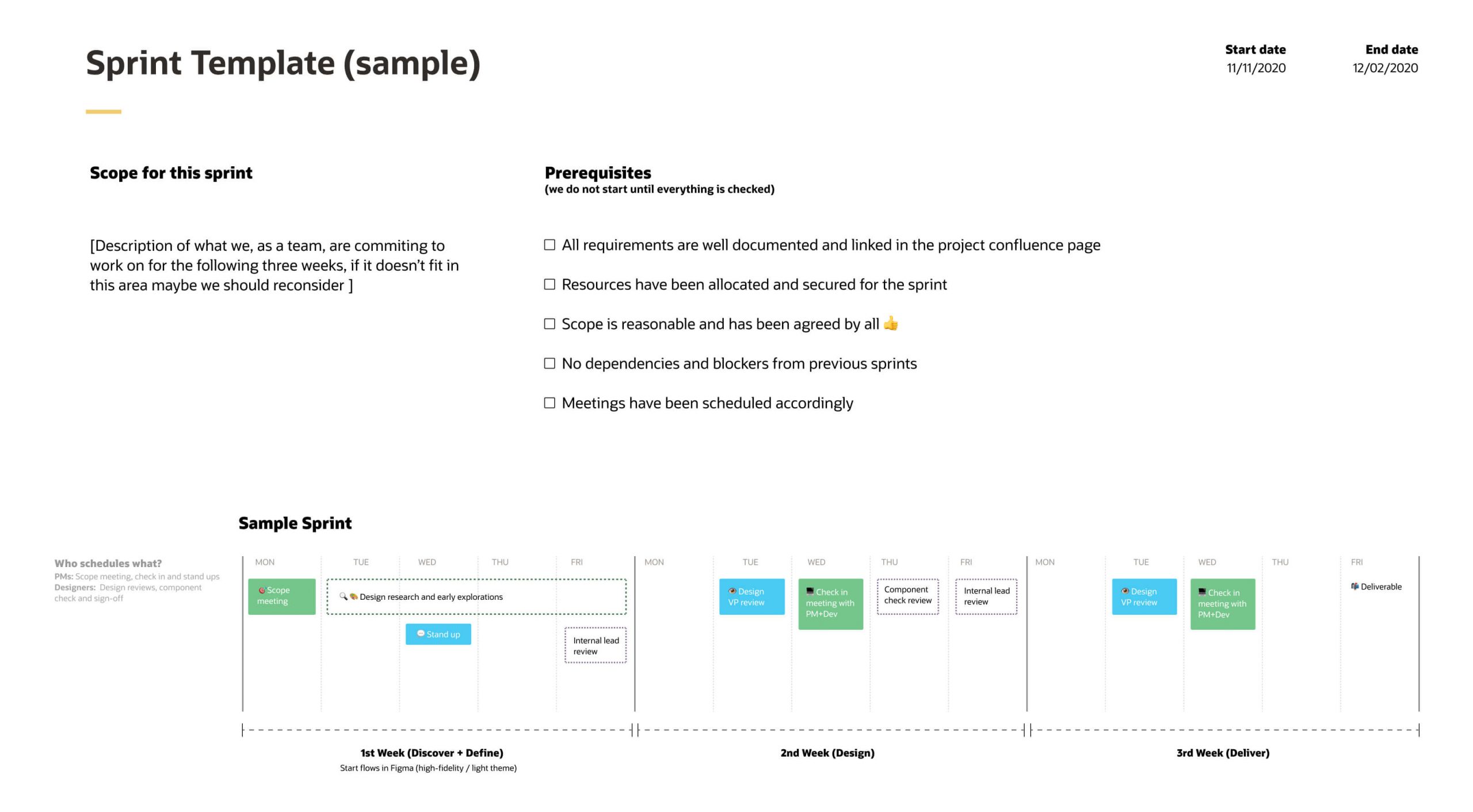
Oracle Communications Care Experience
June 2019 - June 2021
Role
Lead UX Designer responsible for research, product strategy, prototyping, IxD, VxD, and IA.
Team
Designers (2), Product Managers (2), Developers (30), Content Strategists (1)
Objective
Design a modern customer experience solution tailored for Communications Service Providers (CSPs) to increase revenue and customer satisfaction.
Challenges
We got push back from Product Management on doing user research.
The problem
CSP’s customer satisfaction rank is the lowest compared to other industries.
Service agents have limited time to create rapport with their customers and up-sell products.
Solution
Outcome
Our solution has helped Oracle attract 2 new customers generating $350 million dollars in gross income by the end of 2021.
It was also featured during Oracle’s San Francisco Design Week User Experience Award 2021.
Background
Sample of what Oracle CX Apps used to look like.
The market was shifting from a “one size fits all” approach to industry-specific solutions. The biggest indicator was that Salesforce acquired Vlocity for 1.33 billion dollars and Oracle saw this as an opportunity to enter the market and create a platform tailored to the communications industry called DX4C (Digital Experience for Communications).
Research
We learned that video streaming services had set the bar higher on customer satisfaction for traditional CSPs and call center was their lowest-scoring category.
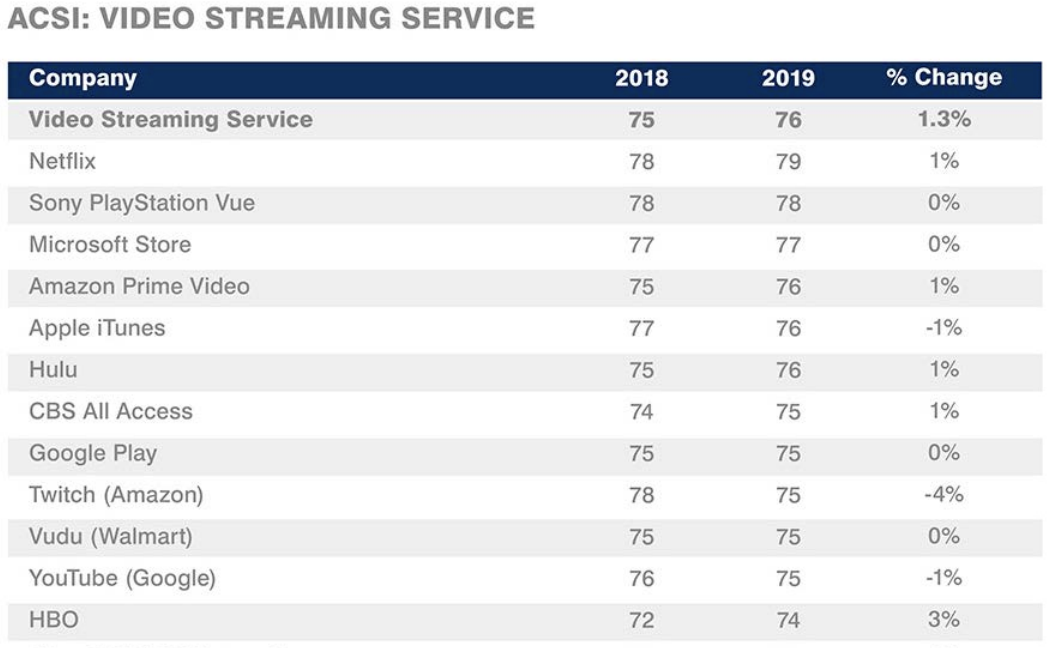
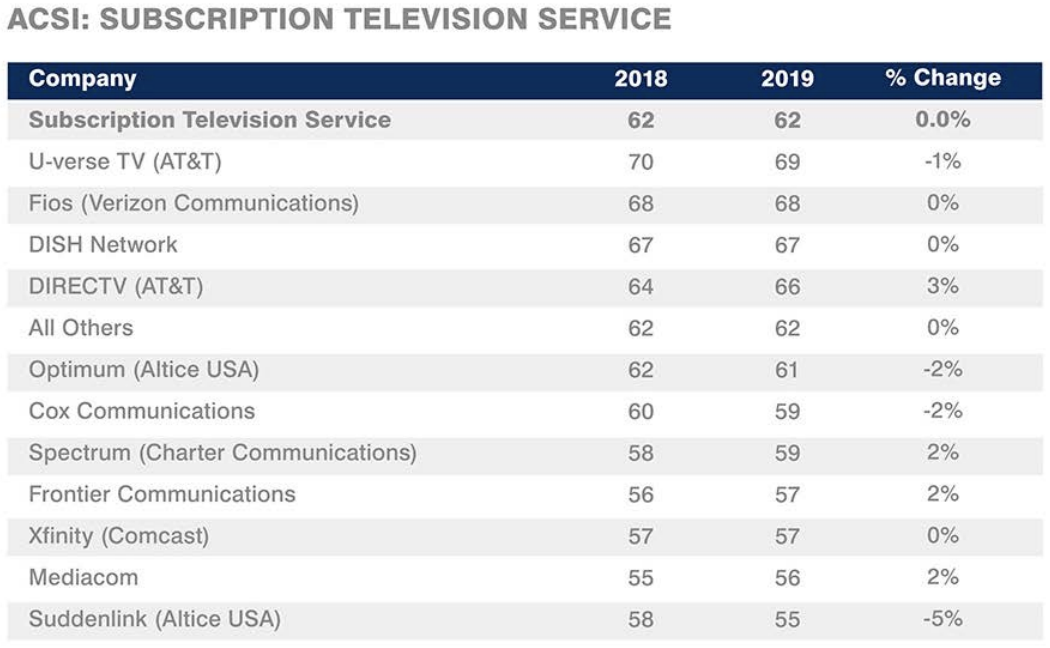
Source: American Customer Satisfaction Index (ACSI).
Competitive analysis
User insights
Insight 1
Service agents are measured on sales quota and they have limited time to create rapport and make a sale.
Insight 2
The average call is 6 to 7 min. long. Agents spend 75% of the time doing manual processes and only 25% interacting with the customer.
Insight 3
80% of calls are billing-related issues. 75% of bill adjustments are done through up-selling.
Users

Service Agents
Pain points
01 Have a lot of manual processes.
02 Limited time to up-sell products.
03 They don't know what to offer.
User goals
Service agents need to nurture customer’s and account’s services in order to meet their quota.
Service agents need to understand customer’s needs in order to make the best recommendation possible.
Ideation
We began by defining signature moments based on our research to create a narrative.
- 1.) Users can quickly identify an issue and give an explanation to the customer.
- 2.) The AI leverages the information from the customer and suggest a recommendation.
- 3.) Users have an opportunity to up-sell or cross-sell products.

Early iteration of AI recommendations.

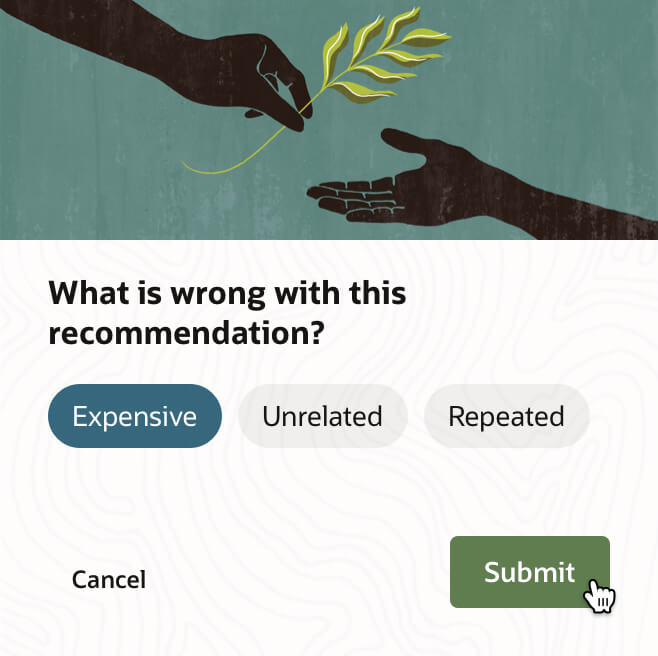
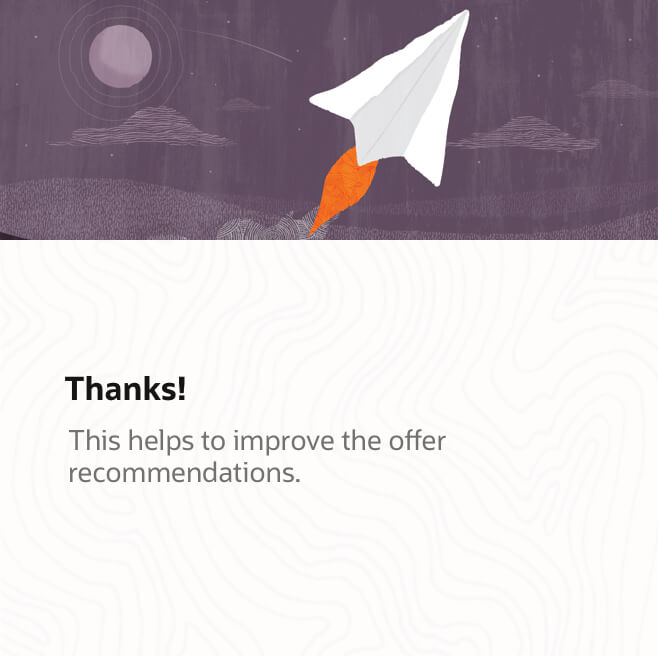

Latest iteration of AI recommendations.
Design process

Moving forward
Screenshots taken from the Service product.
We proposed a Hub and Spoke model that would cover most CX cases and named it the Foldout View, where the user can see all business objects and drill down to perform any heavy-lifting actions.
Early iteration of the Foldout.
- 1.) The user notices the bill is higher than usual.
- 2.) Explains to the customer there was an excess in data usage.
- 3.) Suggests an adjustment through up-selling.

Latest iteration of the Foldout.
Our solution was well received by other teams who were trying to solve a similar problem, so we were asked to design the IxD spec to include it in Oracle’s Design System for other teams to uptake it.
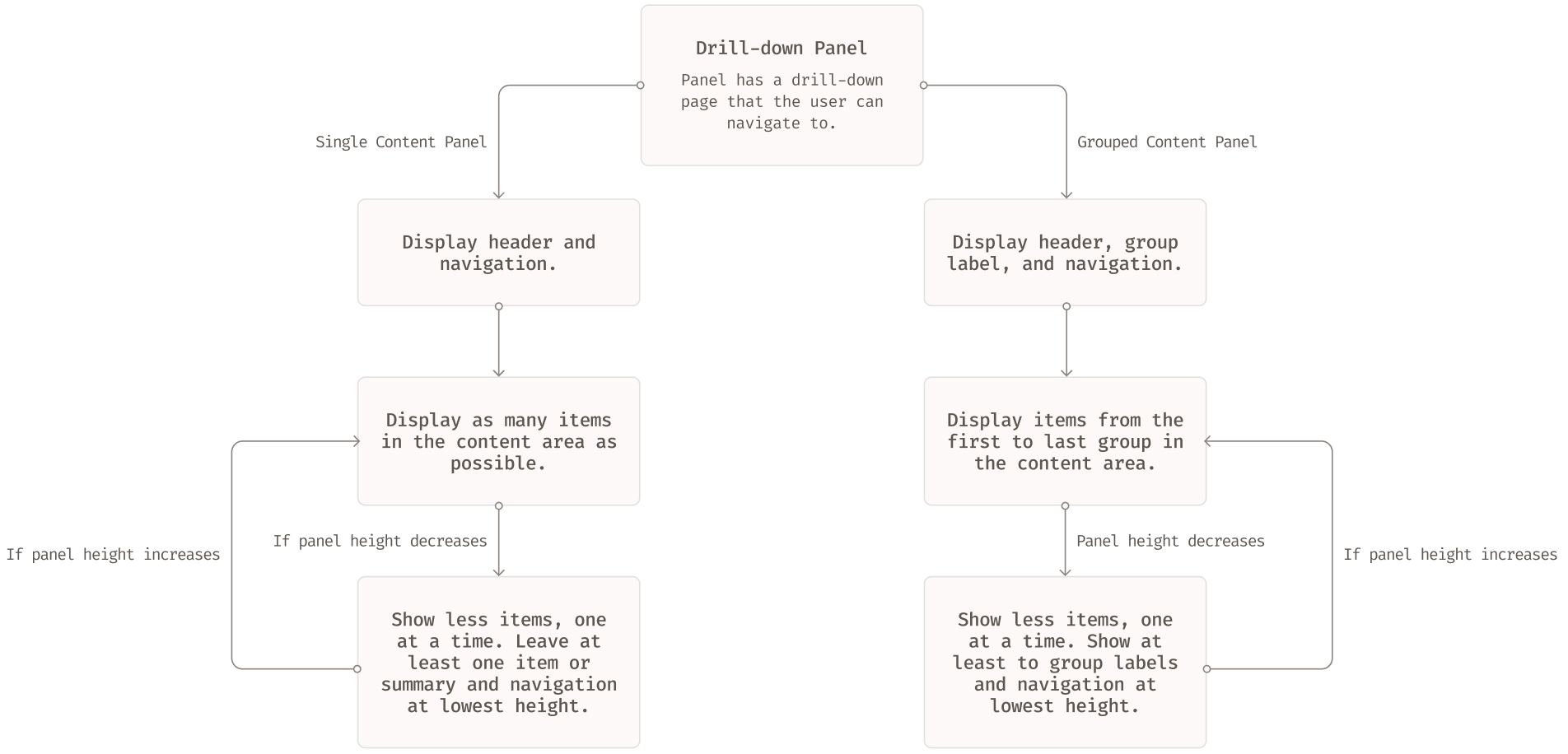
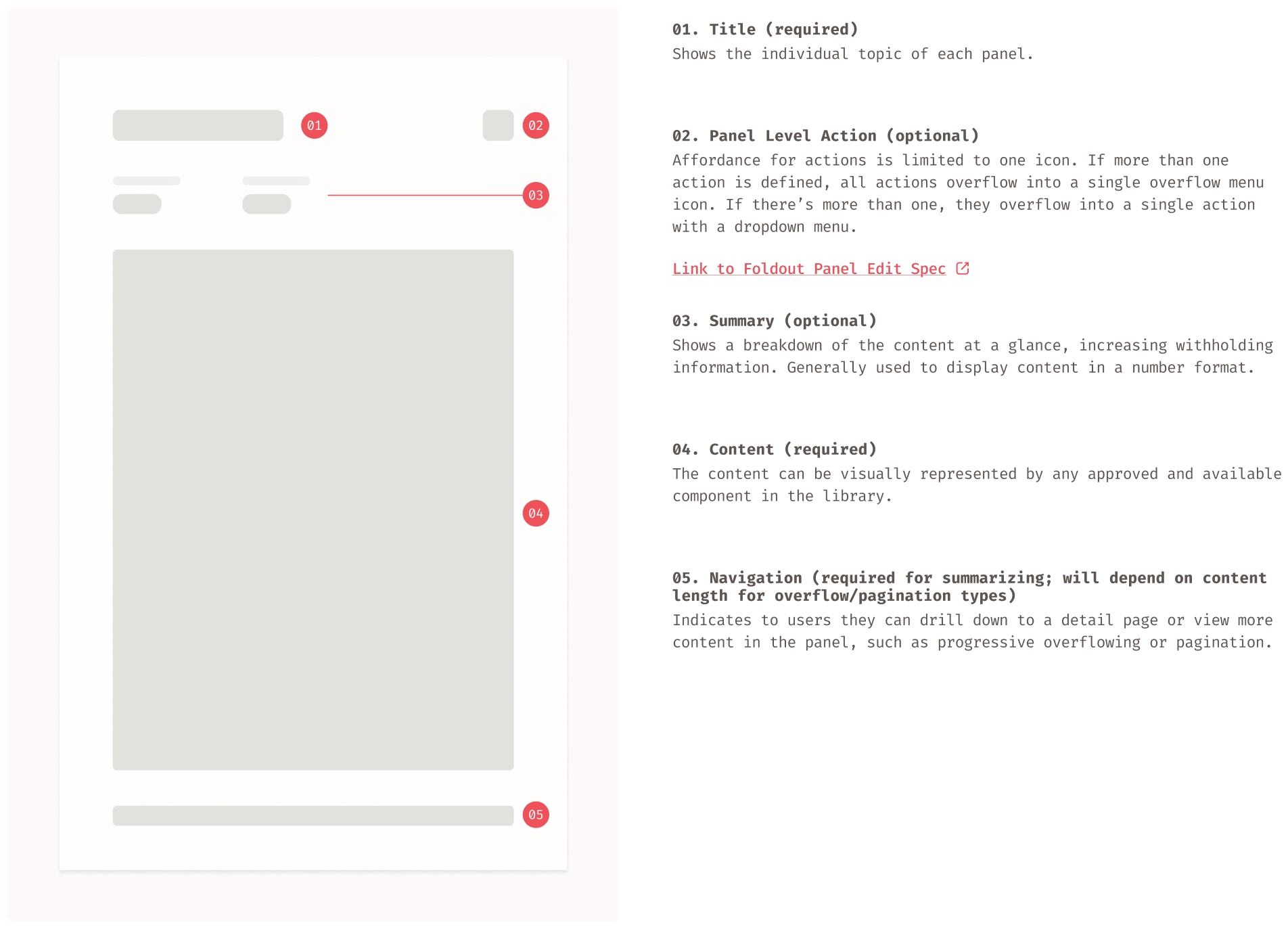
Working with a cross-functional team
Final design
Latest iteration of an assisted plan upgrade.
- 1.) Help users have a fluent conversation with new customers.
- 2.) Quickly make recommendations based on customer needs.
Latest iteration of an assisted purchase for a new customer.
Final thoughts
What's next?
Learnings
Research is not negotiable. The insights we gathered had a major impact on our design decisions.
What would I do differently?
Success
Our solution was released in October 2020 and has made 350 million dollars in revenue by end of 2021. The Foldout View has also been used by 10 different teams at Oracle.
